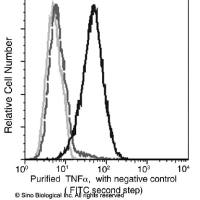Peroxisome proliferator-activated receptors (PPARs) consist of three subtypes, each displaying distinctive tissue distribution.
In general, the three PPAR subtypes exert overlapping function in transcriptional regulation of lipid metabolism. However,
each PPAR subtype possesses distinctive functions in different tissues dependent on their expression abundance, endogenous
ligands, and the PPAR coregulators in a specific tissue. Transgenesis is an invaluable technique in defining the in vivo function
of a particular gene and its protein. Cre/LoxP-mediated gene targeting has been extensively used to explore the tissue-specific
function of PPARs. While this tissue-specific loss-of-function approach is extremely useful in determining the essential role
of a PPAR, the tissue-specific gain-of-function approach is another important technique used to understand the effects of
PPAR activation in a particular tissue. Transgenic overexpression of PPAR in a specific tissue has been used. However, this
conventional technique requires generating the transgenic models individually for each target tissue. In this chapter, we
describe the methodology for a more efficient generation of transgenic mouse models with a constitutively active form of PPARβ/δ
in different tissues.






